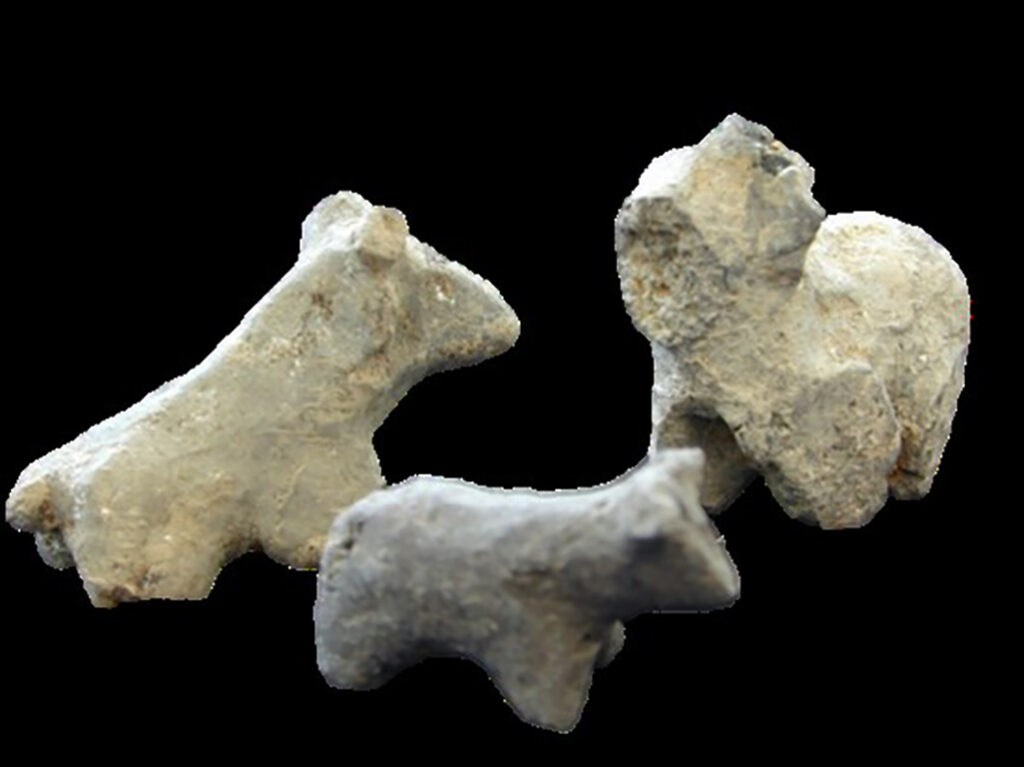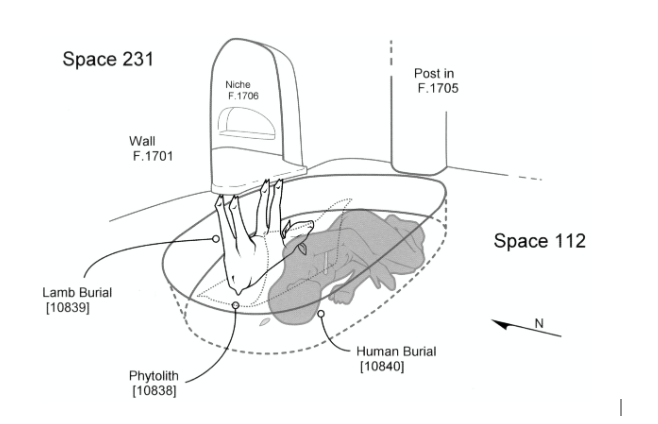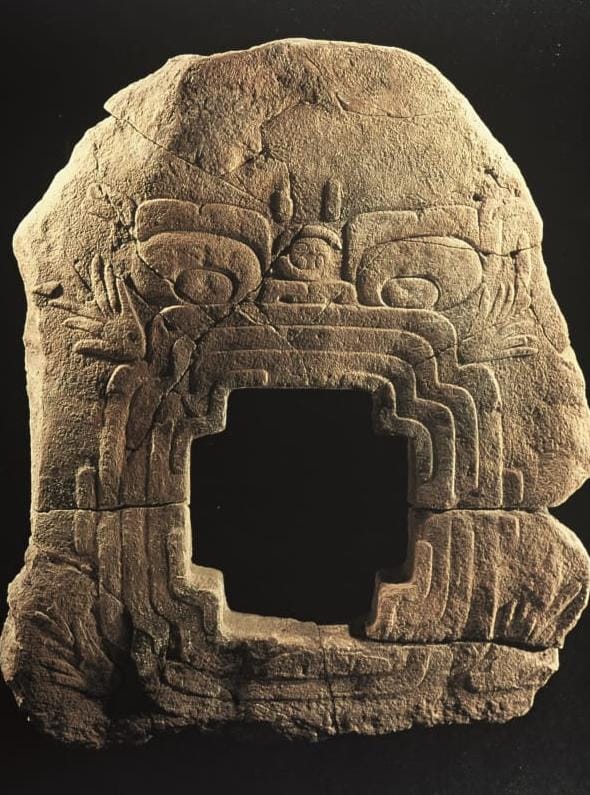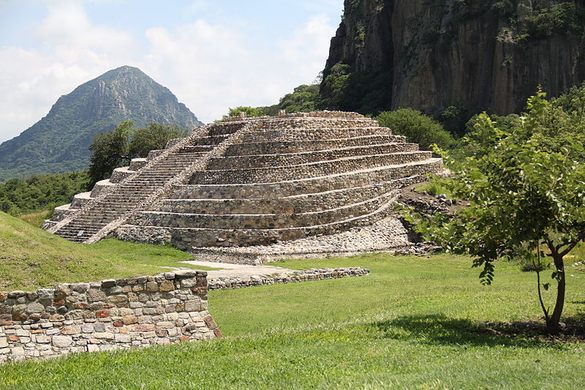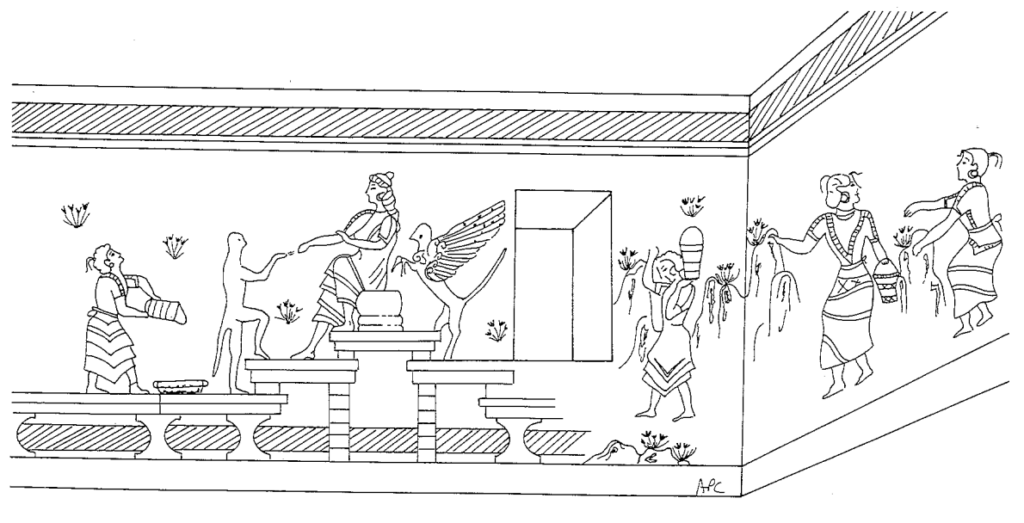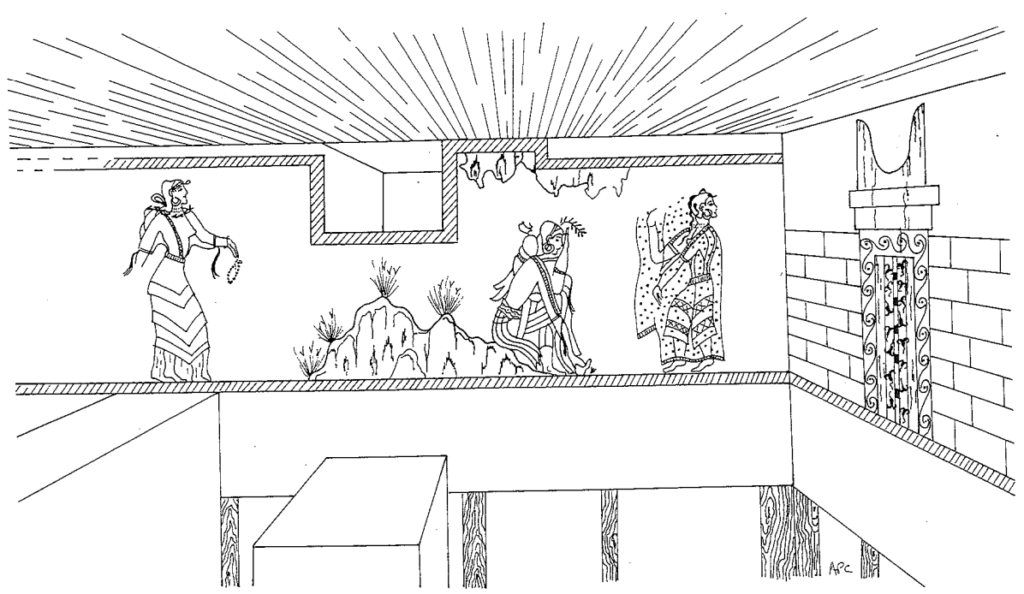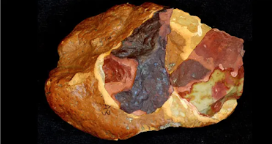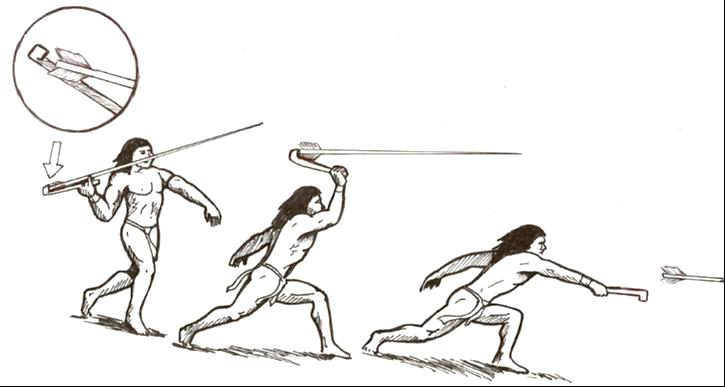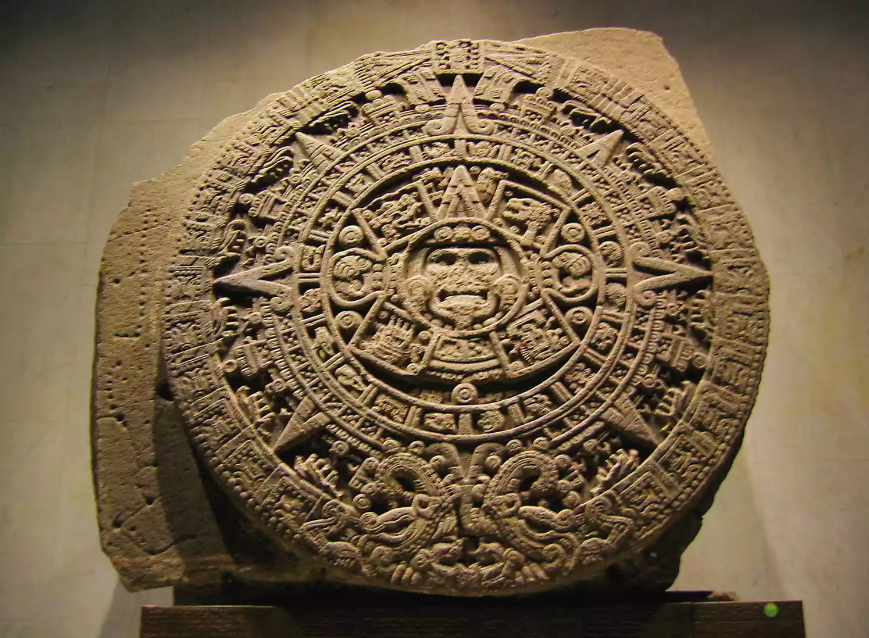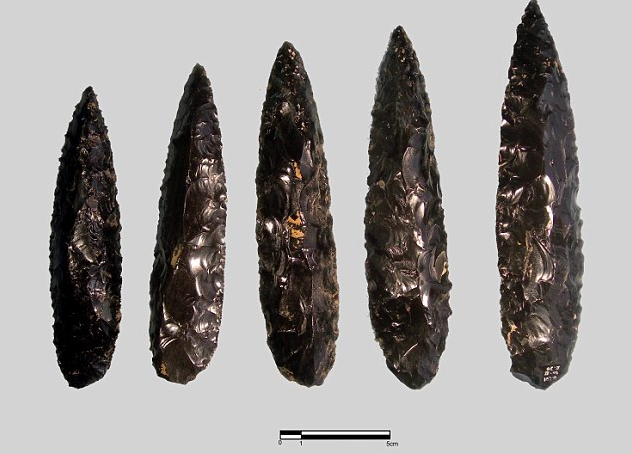
Archaeologists near the coast of Palermo, Sicily, were able to uncover an ancient roman shipwreck filled with amphorae that dates to the second century B.C.E. (Amphorae are basically jars that were used for transportation of wine and olive oil). The shipwreck in the Mediterranean Sea gave archaeologists more information on the specifics of what was being traded and showed the ship must have been heading to some type of buyer. Being able to look through this wreckage allows archaeologists to know more about the life on board as well as the relationship between coastal populations.(Davis-Marks,1).

Finding archaeological sites under water comes with a lot of challenges compared to above ground. For instance, the overall visibility and light conditions is much worse than when digging during the daytime. This also is affected by the actual depth of the site. Along with this, the artifacts are usually buried underneath layers of sediment and trying to remove this is very time consuming and can possible stir up all the sediment which can cause even more problems. In class, we have also talked about how expensive underwater work may be which can be a result of the sheer amount of time going by as well as the equipment needed in order to successfully reveal the artifacts.
More information on the shipwreck from youtube:
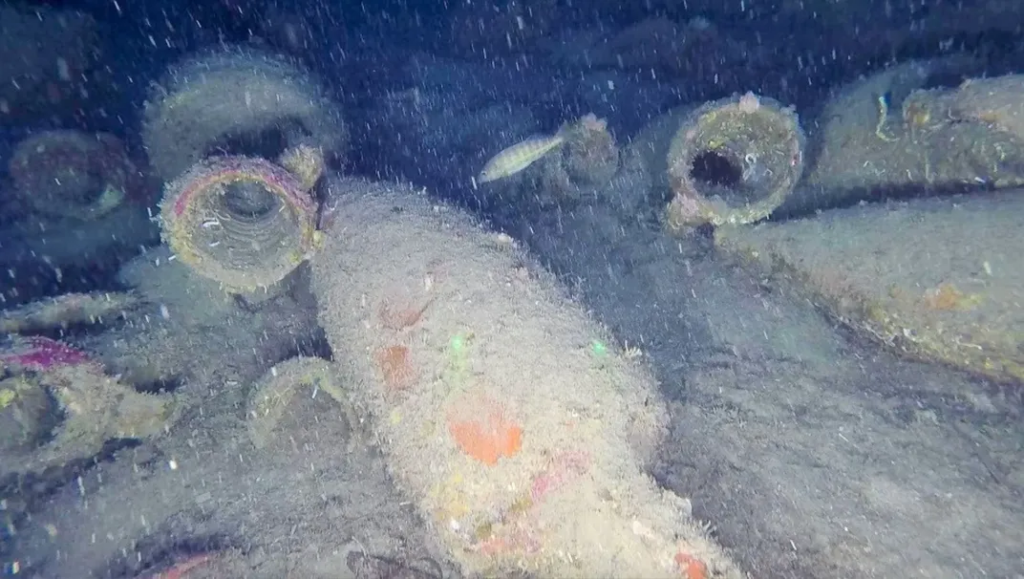
At that time Sicily’s wine trade was one of the most profitable activities for entrepreneurs. There was even a Sicilian wine named Mamertino that was so popular Julius Caesar wanted it. The discovery of this shipwreck and what archaeologists were able to uncover shows us a period of peace and prosperity in the Mediterranean. Further research is being done in order to find more information about the specific trade routes that were used to transport all of these goods to different countries. Many ancient shipwrecks included items like these and archaeologists usually link these discoveries to wealth. In recent years, other shipwrecks have also been discovered showing similar items and now finding this brings in more information on the trading framework through out the Mediterranean Sea. “The Mediterranean continually gives us precious elements for the reconstruction of our history linked to maritime trade, the types of boats, the transport carried out,’’ said the superintendent of the sea of the Sicilian region, Valeria Li Vigni, who launched the expedition (Tondo,2). Many discoveries like this are being found in similar areas and this has been said to be one of the most significant in recent years.
More information on this topic: https://www.independent.co.uk/news/world/europe/italy-rome-shipwreck-roman-mediterranean-b2383807.html
Citations:
(1) Davis-MarksMagazine, Smithsonian. “Ancient Roman Shipwreck Loaded with Wine Amphorae Found off Sicilian Coast.” Smithsonian.Com, Smithsonian Institution, 30 July 2021, www.smithsonianmag.com/smart-news/archaeologists-find-ancient-roman-vessel-near-sicily-180978313/.
(2) Tondo, Lorenzo. “Ancient Roman Ship Laden with Wine Jars Discovered off Sicily.” The Guardian, Guardian News and Media, 28 July 2021, www.theguardian.com/world/2021/jul/28/ancient-roman-ship-discovered-off-coast-of-sicily.

